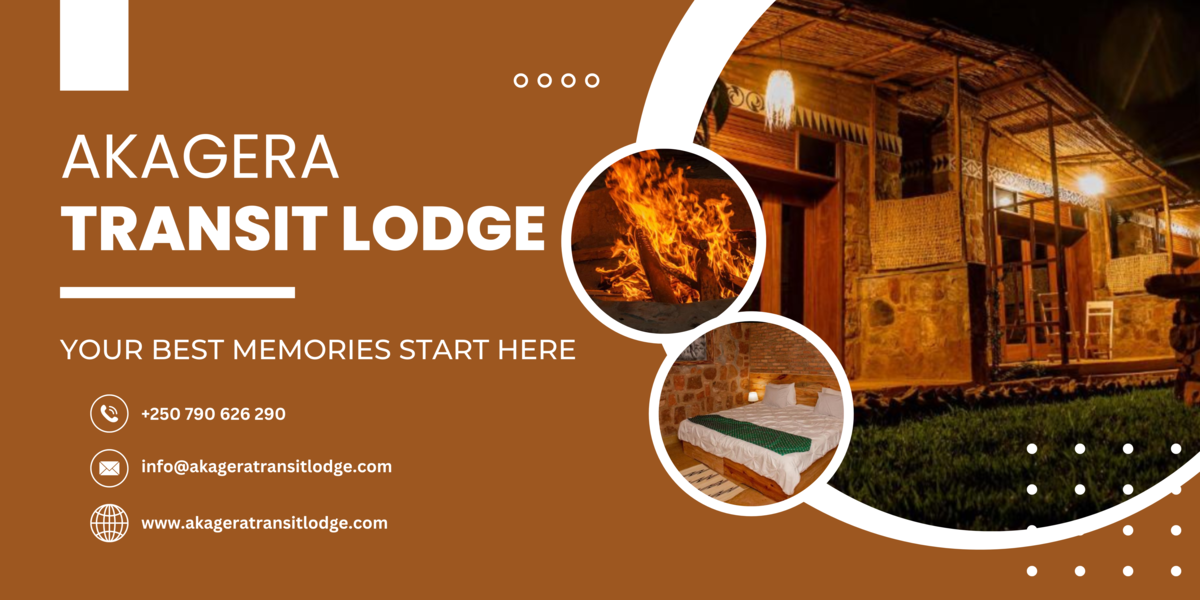Members of the Local Community Are Important Stakeholders
I had two options: Leaving Kigali at 3 a.m. or spending a night near the Akagera National Park, my ultimate destination. I chose the latter, and ended up at Akagera Transit Lodge. This investment is an accommodation facility of choice for Akagera-bound tourists.
Upon arrival, I spent some time visiting the settlement found outside the park. While in the area, I revisited the past and put history into perspective. The past was marred by frictions between the authorities tasked to protect the park and members of the surrounding communities.
Rapid population growth and the arrival of previously exiled Rwandans made it hard to control constant human interference with nature. Cases of poaching were common. In other scenarios, animals were killed because they preyed on livestock and destroyed crops. Conflicting interests in land ownership and utilization was a problem that had to be addressed.
The solution was found in a new paradigm that gave stake to the community. Ultimately, the development of tourism created sustainable non-consumptive means of income and unified parties sharing a common goal. As a result, a mutually beneficial partnership was forged.
Spurred by the growing number of tourists visiting the park, tourism became the driving force behind conservation efforts. Through revenue sharing, the government injects 10% of the park’s revenue into a wide range of projects designed to improve the welfare of the neighboring communities. This is done in order to further extend the economic benefits of tourism to the people and give them a sense of ownership.
Initially, law enforcers had to step up their game, but public awareness is what eventually became the game changer. It finally makes sense to protect natural resources as opposed to depleting them.
After a very informative tour of the community, I returned to Akagera Transit Lodge and had dinner. Then I slept like a baby. The Akagera Expedition continues in the next post.
